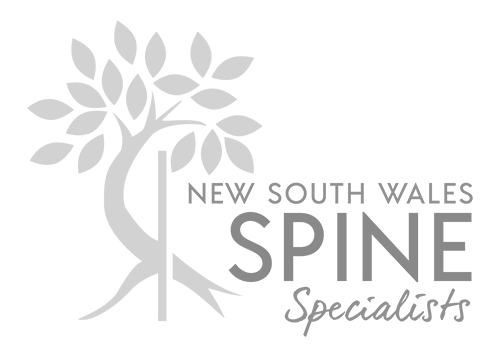Cervical radiculopathy, commonly known as “pinched” nerve is caused by injury to the root of a spinal nerve. It is characterised by neck pain that radiates to the shoulder and the arms.
Symptoms
As we grow older, the spinal discs bulge and lose height. The vertebrae come closer and the disc collapses forming bone spurs in order to stiffen the spine. In this process, the bone spurs make the foramen narrow and pinch the root of the nerve. If these changes are caused as a process of ageing, the condition may be referred as arthritis or spondylosis.The pain caused by this condition is sharp and may even be felt as pin or needle prick. It may worsen with extending the neck or turning the head.
Diagnosis
The diagnostic tests your NSWSS spinal surgeon may advise may include X-rays, computed tomography (CT) scan, magnetic resonance imaging (MRI), and electromyelography.Treatment
Often, cervical radiculopathy is treated by nonsurgical treatment methods such as use of soft collars, physical therapy, pain medications, or steroidal injections injected into spine. If the conservative treatments fail or if the condition is severe then Dr Hsu or Dr Singh may recommend surgical treatment. Surgery is performed in order to create more space for the compressed nerves, to maintain stability of the spine and to provide proper alignment to the spine.All surgical procedures involve risks. The information provided here is for general educational purposes only. For specific advice regarding cervical radiculopathy treatment, please book an appointment with one of our surgeons.
For appointments and enquiries please phone 1300 975 800
info@ssnsw.com.au
Fax: (02) 9136 7396
8:00 am - 5:30 pm
Monday to Friday

